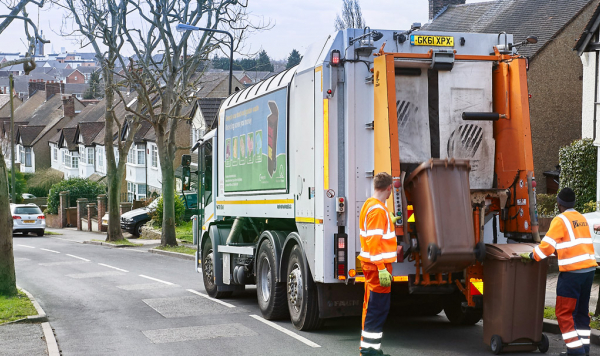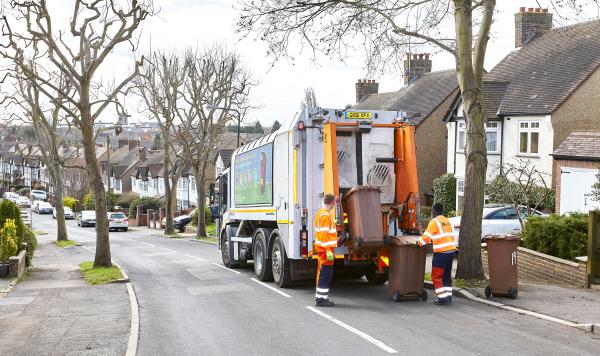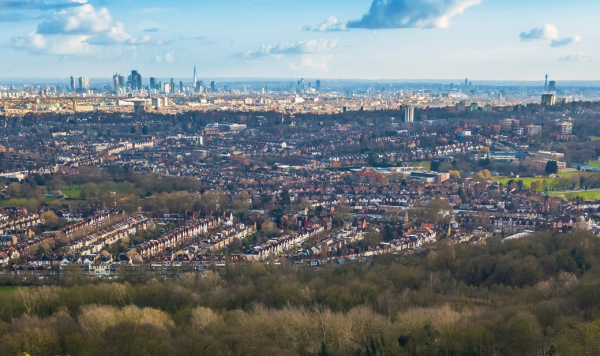Request
| Questions about the ERF and request to reassess the North London Heat and Power Project: I write to add my voice to the call for the NLWA to urgently reassess its plans to rebuild the Edmonton incinerator. I appreciate it has been a decade in the making but today, two years after approval was given by BEIS, this is the wrong decision - for our climate, our air and our resource management. I do not want to see public funds being allocated to build an archaic response to our waste, that locks us in to low recycling rates for another 30 years or more. Instead, I hope that the NLWA will listen to local residents and campaigners from Stop The Edmonton Incinerator Now to answer questions about the current decision. 1. I want to know what work the NLWA has done to consider other options, rather than investing in waste incineration capacity that would compete with recycling and worsen air quality for decades to come. 2. What other waste management options were considered by NLWA and can you show a clear due diligence program? 3. How can the NLWA justify contributing to poor air quality when local councils and the government has acknowledged that we are admits a climate crisis? 4. In a time when communities are reviewing their own habits and actively taking steps to reduce and reuse it is shameful that NLWA are proposing to use public funds to pollute the local area. These funds could be put to better use for example improving recycling facilities and educational programs in communities and schools. I am going to keep up the pressure until we see North London become a leader not a laggard, and for the NWLA to redirect this huge investment towards waste minimisation, recycling and the circular economy. |
Response
Thank you for contacting me about the plans to replace the Energy from Waste facility at Edmonton EcoPark. I am pleased to put this important community project in context.
You raised two key concerns: does the new facility reduce the drive to reduce waste and promote recycling, and does it worsen air quality for local residents.
I can provide the strongest possible assurance that proceeding with the proposed energy recovery facility does not in any way reduce our determination to reduce waste and encourage recycling. At the heart of the Authority’s work is a comprehensive and award-winning waste prevention programme, the largest of any Disposal or Collection Authority in London, that encourages residents to reduce their waste and maximise their recycling. It is a simple truth that reducing waste preserves resources for future generations, minimises environmental impact and saves costs. This is why we work hard to promote this agenda, and why the construction of the new energy recovery facility does not dilute that commitment in any way. Recycling is also more cost effective and preferred within the waste hierarchy to converting to energy. The argument that we are incentivised to “fill” the new facility with north London’s waste is simply not correct. However, even despite campaigns and initiatives to reduce waste and our urging the government for national action to promote the circular economy and its delivery, there will be waste which cannot be recycled, and a modern, efficient energy recovery facility represents the most sustainable way of treating that waste.
We explored the alternative options to deal with the waste in north London in the future. These options included advanced thermal treatment, such as gasification and pyrolysis, mechanical biological treatment and landfill. Using energy recovery, we save co2 (the equivalent of 140,000 tonnes), use less space and recover valuable resources which would otherwise be lost if this waste was to be sent to landfill. None of the other alternatives are proven at the scale we need in north London for the low cost energy recovery that heat and power offers. Views on modern energy recovery facilities have significantly progressed over the last 20 years as such technology has advanced. They play a vital role throughout Europe especially in some of the most environmentally advanced and conscious countries. A crucial feature of our plans is that the new facility will generate 78 megawatts of power which can supply electricity and heating for up to 127,000 homes. That is a benefit to local communities and avoids the environmental impact of greenhouse gasses associated with generating that power if there were no such facility.
We are committed to improving air quality in the local area too. In terms of emissions, we have chosen to include the most effective system for cleaning Nitrogen Oxide (NOx). This will be a first in the UK. Our current plant operates at 20% better than permitted levels of NOx, and the new facility will be even better, performing more than 60% better then permitted levels. The facility was subject to approval via a national “Development Consent Order”. This followed an extensive two stage public consultation involving leafletting of over 28,000 homes, advertising in newspapers, on line, through social media and through community facilities including shopping centres. All schools within a 1.5km area of our facility were also approached with information. Only 3 specific objections were made to the application for the Development Consent Order, which reflects the care taken to develop a facility which has the minimum environmental impact.
Construction and operation of the facility will provide over 2,500 job opportunities, with an impressive apprenticeship and training programme with over 100 apprenticeships and 225 onsite skills training opportunities for the local community. And it will generate an asset which is public sector-owned. I can therefore assure you that it will provide a high quality, sustainable long term solution for disposing of the waste from a growing number of residents in north London.
 Hornsey Street pedestrian drop-off area
Hornsey Street pedestrian drop-off area



